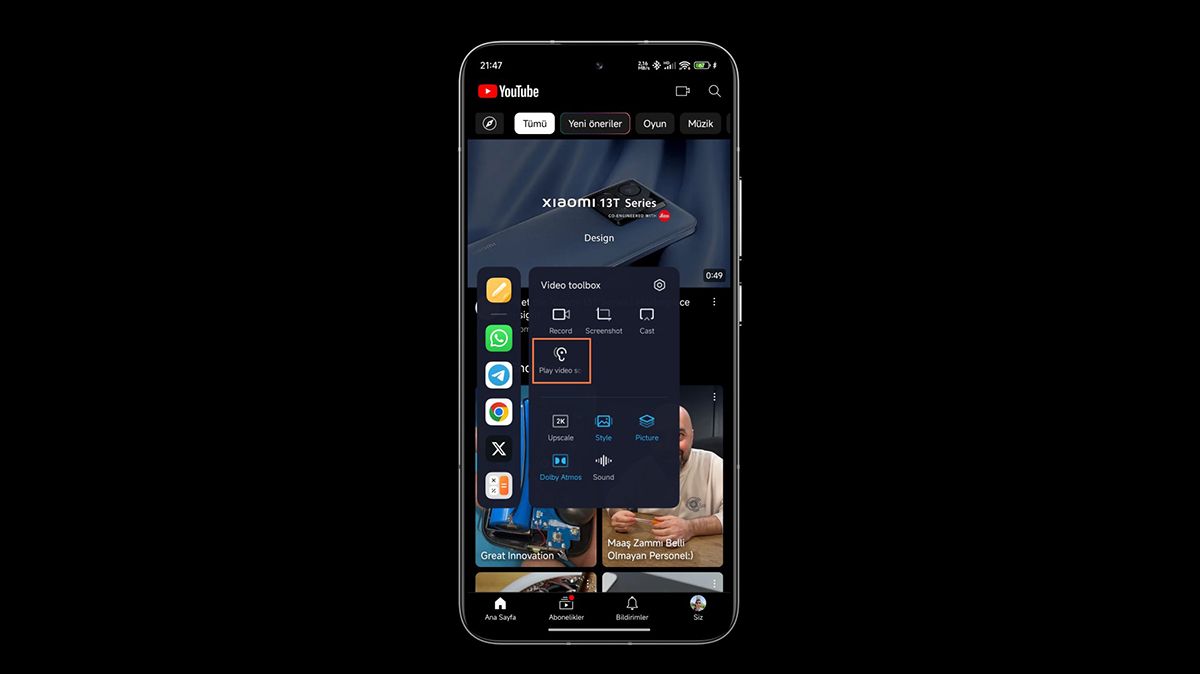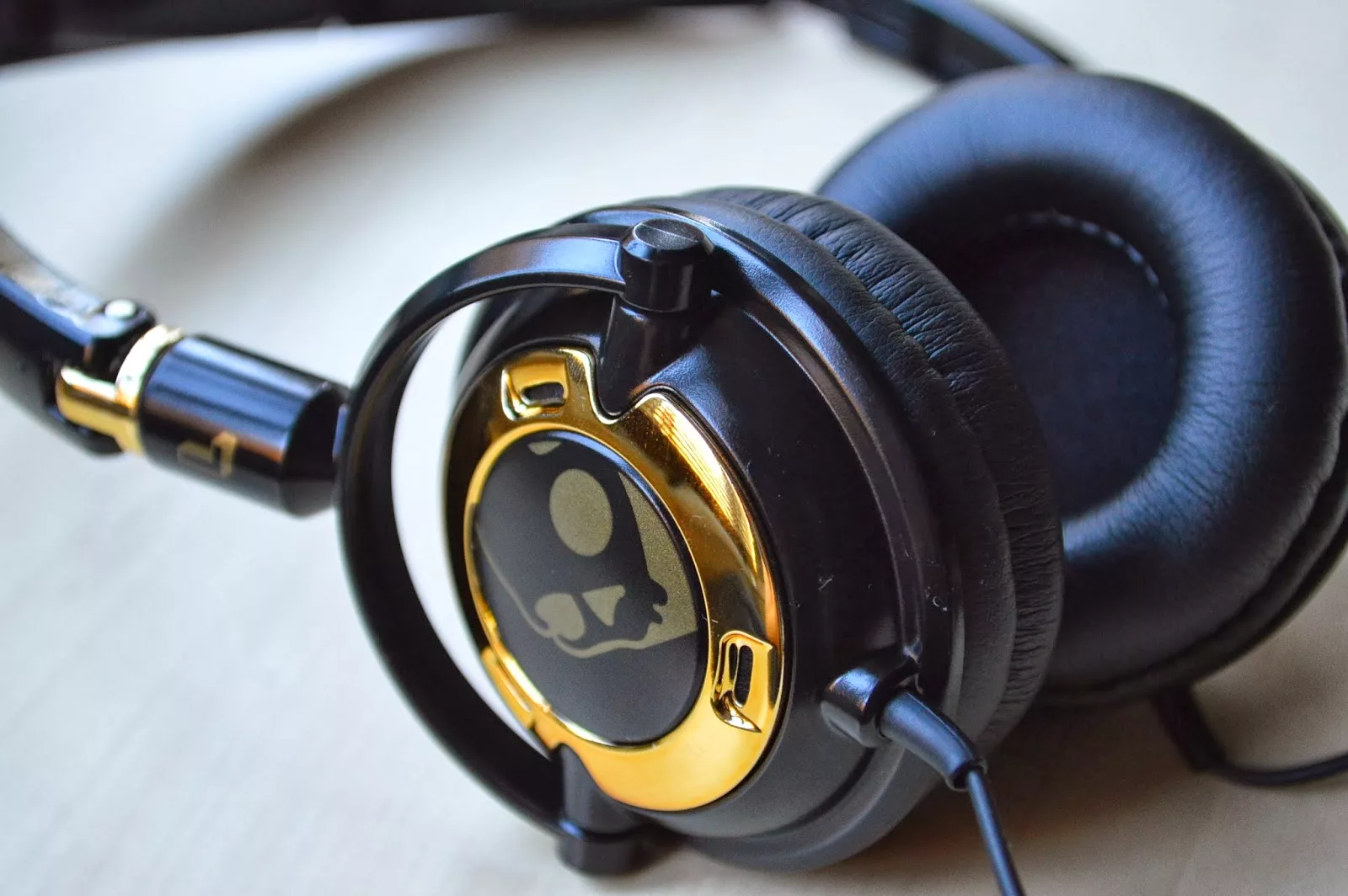Bạn có bao giờ thắc mắc loại tai nghe bạn chọn ảnh hưởng sâu sắc đến chất lượng âm thanh bạn trải nghiệm như thế nào không? Trong bài đăng blog này, chúng ta sẽ khám phá sự khác biệt giữa tai nghe in-ear và tai nghe over-ear cũng như cách chúng tác động đến trải nghiệm nghe của bạn. Hiểu được những khác biệt này có thể giúp bạn đưa ra quyết định sáng suốt vào lần tiếp theo khi bạn đi mua một cặp tai nghe mới. Để biết thêm thông tin chi tiết, hãy xem Tai nghe và Tai nghe: Điều gì tốt nhất cho bạn? .
Contents
- 1 Hiểu chất lượng âm thanh trong tai nghe
- 2 How In-Ear Headphones Impact Sound Quality
- 3 How Over-Ear Headphones Affect Sound Quality
- 4 Comparing Sound Quality: In-Ear vs Over-Ear Headphones
- 5 Summing up: How Do In-Ear Headphones Impact Sound Quality Compared to Over-Ear Headphones?
- 6 FAQ
- 6.0.1 Q: What is the impact of in-ear headphones on sound quality compared to over-ear headphones?
- 6.0.2 Hỏi: Chất lượng âm thanh tổng thể của tai nghe in-ear và tai nghe over-ear có khác nhau không?
- 6.0.3 Hỏi: Có yếu tố nào cần cân nhắc khi lựa chọn giữa tai nghe in-ear và tai nghe over-ear để có chất lượng âm thanh không?
Điểm mấu chốt:
- Cách ly âm thanh: Tai nghe nhét tai giúp cách ly âm thanh tốt hơn bằng cách ngăn chặn tiếng ồn bên ngoài về mặt vật lý, điều này có thể giúp cải thiện chất lượng âm thanh và độ rõ nét so với tai nghe over-ear.
- Phản hồi âm trầm: Tai nghe over-ear thường có trình điều khiển lớn hơn có thể tạo ra âm trầm sâu hơn và mạnh hơn so với tai nghe nhét tai, điều này có thể mang lại trải nghiệm âm thanh phong phú và đầy đủ hơn cho một số người nghe.
- Thoải mái và tiện lợi: Tai nghe nhét tai thường thoải mái và thuận tiện hơn khi sử dụng hàng ngày, trong khi tai nghe chụp tai có thể mang lại trải nghiệm nghe đắm chìm và thoải mái hơn trong thời gian dài.
Hiểu chất lượng âm thanh trong tai nghe
Rõ ràng, khi nói đến tai nghe, chất lượng âm thanh là yếu tố vô cùng quan trọng. Chất lượng âm thanh của tai nghe được xác định bởi nhiều khía cạnh kỹ thuật khác nhau, ảnh hưởng đến cách cảm nhận âm nhạc, phim và nội dung âm thanh khác của bạn. Hiểu được các yếu tố góp phần tạo nên chất lượng âm thanh có thể giúp bạn đưa ra quyết định sáng suốt khi lựa chọn giữa tai nghe in-ear và tai nghe over-ear.
Các yếu tố quyết định chất lượng âm thanh
When it comes to headphones, the sound quality is influenced by several critical factors, such as driver size, frequency response, impedance, and noise cancellation technology. The driver size directly affects the sound produced, with larger drivers generally providing more powerful bass. The frequency response determines the range of frequencies the headphones can produce, influencing how various sounds are reproduced. Additionally, the impedance of the headphones impacts the sound output, especially when using high-quality audio equipment. Additionally, the use of noise cancellation technology can significantly improve the overall sound quality by reducing external distractions and interference. The combination of these factors contributes to the overall sound quality of headphones.
Difference Between Subjective and Objective Sound Quality
When assessing the sound quality of headphones, it’s essential to consider the difference between subjective and objective evaluations. Subjective sound quality refers to how the sound is perceived by the listener, often influenced by personal preferences and hearing ability. On the other hand, objective sound quality is based on measurable characteristics, such as frequency response and distortion levels. It’s crucial to consider both subjective and objective sound quality when evaluating headphones, as they provide different perspectives on the overall listening experience. The combination of these factors contributes to the overall sound quality of headphones. The clarity and accuracy of sound reproduction play a crucial role in determining the overall sound quality of headphones.
How In-Ear Headphones Impact Sound Quality
Any audiophile knows that the choice of headphones can significantly impact the sound quality of your music. When it comes to in-ear headphones, there are specific design and technology factors that can directly influence the sound quality you experience. Additionally, the way in-ear headphones interact with your ears can have a profound effect on how you hear your music.
Design and Technology of In-Ear Headphones
When it comes to in-ear headphones, the design and technology play a crucial role in determining the sound quality. The size and quality of the drivers, the shape and material of the ear tips, and the overall construction of the earbuds can all impact the sound reproduction. In-ear headphones that feature high-quality drivers and well-designed ear tips can provide a rich and detailed sound, while those with subpar construction may result in a muffled or tinny sound.
The Influence of In-Ear Headphones on Sound Quality
How in-ear headphones interact with your ears can also influence the sound quality you experience. The close proximity of the ear tips to your eardrums can result in a more intimate and immersive listening experience. However, the seal created by the ear tips can also amplify the sound of your breath and movement, which can be distracting and detract from the overall sound quality. Additionally, the fit of in-ear headphones can impact the bass response, with a snug fit often resulting in a more powerful low end.
How Over-Ear Headphones Affect Sound Quality
After considering the impact of in-ear headphones on sound quality, it’s important to turn our attention to over-ear headphones. These larger, over-ear style of headphones can have a significant effect on the way you experience sound, and understanding their impact is crucial for anyone looking to invest in a new pair of headphones.
Design and Technology of Over-Ear Headphones
Over-ear headphones are designed to fully cover your ears, creating a seal that blocks out external noise and prevents sound leakage. This design helps to create a more immersive listening experience by allowing you to focus solely on the music without the distractions of the outside world. Additionally, over-ear headphones often feature larger drivers, which can result in a richer, more robust sound compared to in-ear headphones.
The Influence of Over-Ear Headphones on Sound Quality
The larger size and design of over-ear headphones allows for better sound isolation and a more spacious soundstage. This means that you can pick up on more nuanced details within the music, resulting in a more immersive and dynamic listening experience. Additionally, the cushioned ear cups of over-ear headphones often provide a more comfortable fit, reducing the risk of listening fatigue during extended use. Overall, over-ear headphones have the potential to offer a superior and more enjoyable sound quality compared to in-ear headphones.
Comparing Sound Quality: In-Ear vs Over-Ear Headphones
Lastly, let’s compare the sound quality of in-ear and over-ear headphones. Below, you’ll find a breakdown of how each type of headphone impacts sound quality.
| In-Ear Headphones | Over-Ear Headphones |
| In-ear headphones may not offer the same level of sound isolation as over-ear headphones, which can impact the overall sound quality. However, they can provide a more direct sound experience as the drivers are closer to your eardrums. | Over-ear headphones typically offer better sound isolation, which can enhance the overall sound quality by minimizing outside interference. The larger drivers and ear cups can also provide a more immersive and dynamic sound experience. |
| In-ear headphones are generally more portable and lightweight, but this can come at the cost of sound quality, as the smaller drivers may not be able to produce the same depth and range of sound as over-ear headphones. | Over-ear headphones are bulkier and less portable, but their larger drivers and ear cups can deliver a more robust and expansive sound, with better bass response and overall clarity. |
Research and Studies on Sound Quality Differences
Research and studies have shown that the difference in sound quality between in-ear and over-ear headphones is not only subjective but can also be influenced by various factors, including individual preferences and the type of music being listened to. While in-ear headphones may offer a more direct sound experience, over-ear headphones generally provide better sound isolation and a more immersive soundstage.
Personal Preferences and Sound Quality Perception
Your personal preferences play a crucial role in how you perceive sound quality when using in-ear versus over-ear headphones. Factors such as comfort, fit, portability, and the type of music you listen to can all impact your overall satisfaction with the sound quality of each type of headphone. It’s important to consider your own listening habits and preferences when choosing between in-ear and over-ear headphones for the best sound quality experience.
Summing up: How Do In-Ear Headphones Impact Sound Quality Compared to Over-Ear Headphones?
When it comes to sound quality, the choice between in-ear headphones and over-ear headphones ultimately comes down to personal preference and the specific needs of the listener. In-ear headphones offer a more portable and discreet option and generally provide a more isolating experience that can enhance bass response and overall sound clarity. On the other hand, over-ear headphones typically offer a more immersive and comfortable listening experience, with potentially better soundstage and overall balance. Consider your listening habits and priorities when choosing between the two.
FAQ
Q: What is the impact of in-ear headphones on sound quality compared to over-ear headphones?
A: In-ear headphones typically provide a more immersive sound experience due to their close proximity to the ear canal, which enhances bass response and reduces outside noise. Over-ear headphones, on the other hand, generally offer a more natural and open sound due to their larger drivers and cushions that provide better sound isolation.
Hỏi: Chất lượng âm thanh tổng thể của tai nghe in-ear và tai nghe over-ear có khác nhau không?
Đáp: Cả hai loại tai nghe đều có thể mang lại âm thanh chất lượng cao nhưng đặc trưng âm thanh tổng thể có thể khác nhau. Tai nghe in-ear có xu hướng nhấn mạnh âm trầm và mang lại trải nghiệm nghe gần gũi hơn, trong khi tai nghe over-ear thường mang lại âm trường rộng hơn và tái tạo âm thanh cân bằng hơn. Cuối cùng, chất lượng âm thanh của một trong hai loại phụ thuộc vào kiểu máy cụ thể và sở thích âm thanh của người nghe.
Hỏi: Có yếu tố nào cần cân nhắc khi lựa chọn giữa tai nghe in-ear và tai nghe over-ear để có chất lượng âm thanh không?
Đáp: Khi xem xét chất lượng âm thanh, điều quan trọng là phải tính đến sở thích cá nhân, mục đích sử dụng và môi trường sử dụng tai nghe. Tai nghe nhét tai lý tưởng để nghe và tập thể dục khi đang di chuyển, trong khi tai nghe chụp tai rất phù hợp cho những tình huống nghe quan trọng và trong đó việc cách ly âm thanh là quan trọng. Ngoài ra, các yếu tố như sự thoải mái, vừa vặn và nguồn âm thanh cũng có thể ảnh hưởng đến chất lượng âm thanh tổng thể của cả hai loại tai nghe.










